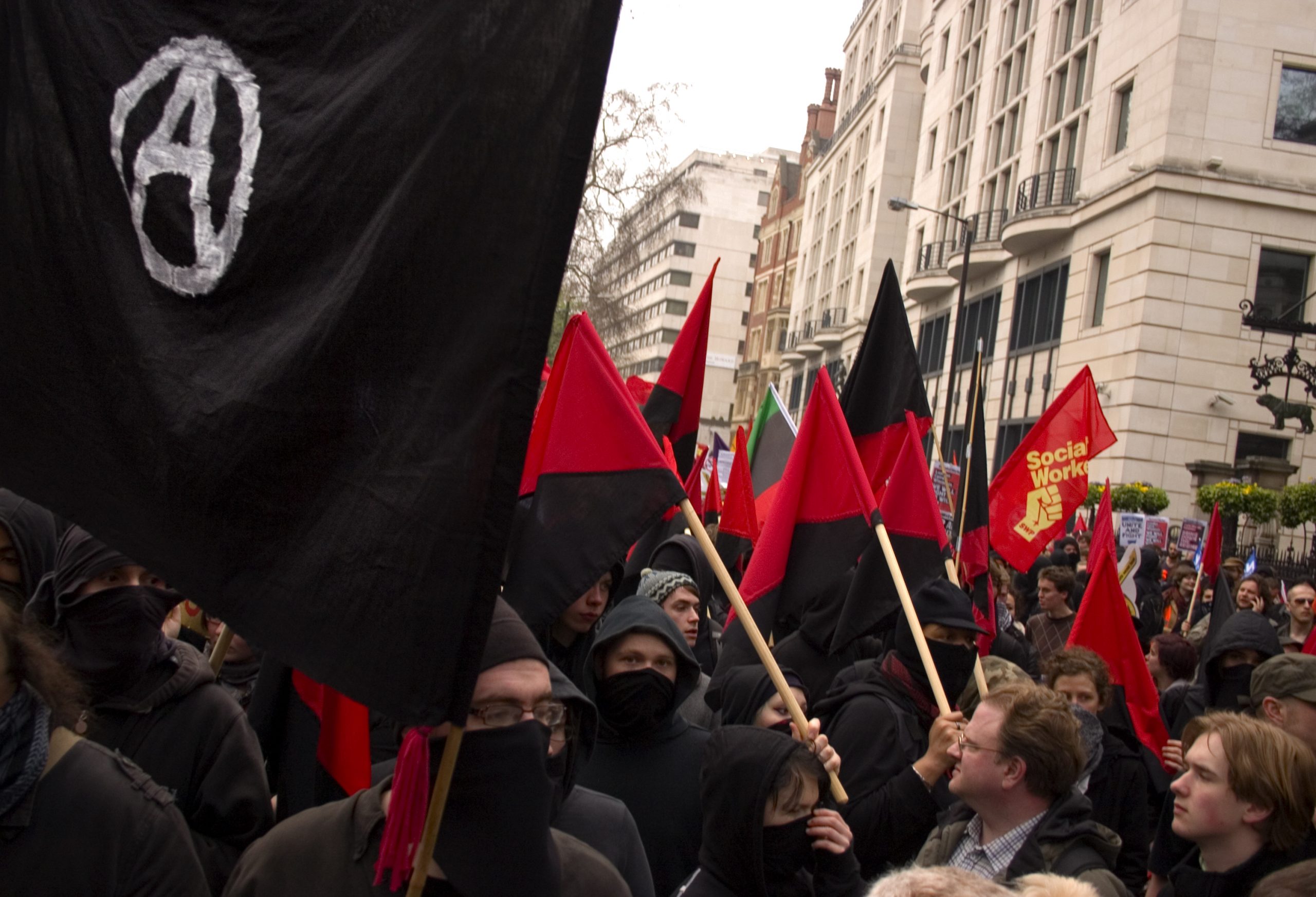1.3.2 Complicating the Spectrum: Ideologies That Do Not Quite Fit?
Gregory Millard
Some ideological options do seem to be awkward fits for the left-right binary. Nevertheless, we can use the contrast between egalitarianism and inegalitarianism to help categorize them. Feminism, for example, seeks to break down gender hierarchies; this concern for equality is reflected in the tendency to see it as broadly of the left, even if not every self-defined feminist can be so classified. Religious fundamentalism tends to heavily favour traditional identity hierarchies (particularly in relation to gender and sexual orientation), and so it is not surprising to find it typically classified as belonging on the right. Environmentalism is especially difficult to classify because its primary concern is less focused on human-to-human relations than human relationships with the natural world. Environmentalism is thus an unusually open-ended ideology in terms of how it envisages social organization. If an optimal human-natural relationship can be best achieved via hierarchical social arrangements, then in principle some environmentalists might endorse those arrangements, which would put them on the right. On the other hand, the environmentalist desire to give nature and animals greater standing in human affairs pushes them toward a kind of egalitarianism – one that places human beings and the natural world on a more equal moral and political footing. In practice, most environmentalists support egalitarian measures for human beings as well, which is why they tend to be classified as on the left.

Some ideologies encompass both strongly left- and right-wing variants. Nationalism and populism are cases in point, as we will see. Anarchism offers a particularly interesting case of this. One of its major variants, anarcho-communism, falls on the extreme left, while the other, anarcho-capitalism, lands on the far right. This is because the former imagines a radical material equality (shared possessions, communally organized) and the latter a radical material inequality (completely unregulated capitalism). What qualifies both as anarchist is their rejection of all forms of coercive, non-voluntary social coordination and government. All forms of anarchism therefore have a strong bedrock commitment to human equality: no one should be able to compel anyone else to do anything. But anarcho-capitalism leaves room for massive inequalities of wealth and real-world hierarchies – e.g., hierarchical chains of command within corporations – while anarcho-communism insists on equality in all spheres of life and in all senses of the word.
Media Attributions
- March for the Alternative – Anarchists / “Black Block” © Dominic Alves is licensed under a CC BY (Attribution) license
believing in the principle that all people deserve equality in human relations.
the rejection of equality in human relations.

